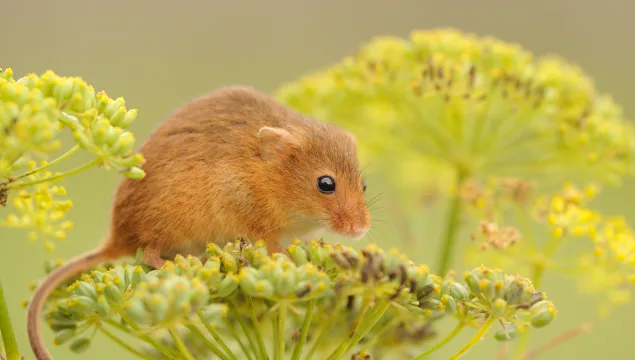
Harvest mouse
The harvest mouse is tiny - an adult can weigh as little as a 2p piece! It prefers habitats with long grass, but you are most likely to spot its round, woven-grass nests.

The harvest mouse is tiny - an adult can weigh as little as a 2p piece! It prefers habitats with long grass, but you are most likely to spot its round, woven-grass nests.
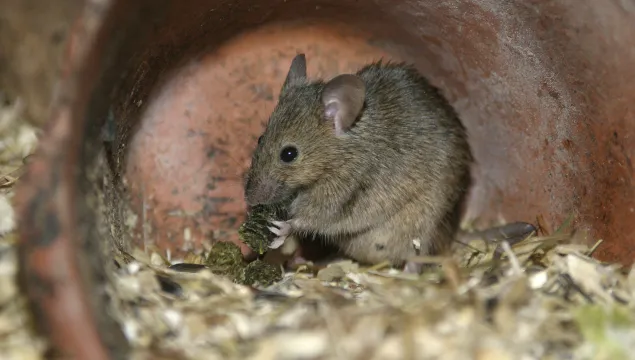
The tiny, grey-brown house mouse is one of our most successful mammals. It thrives around buildings but is less likely to be found in our houses these days due to better construction.
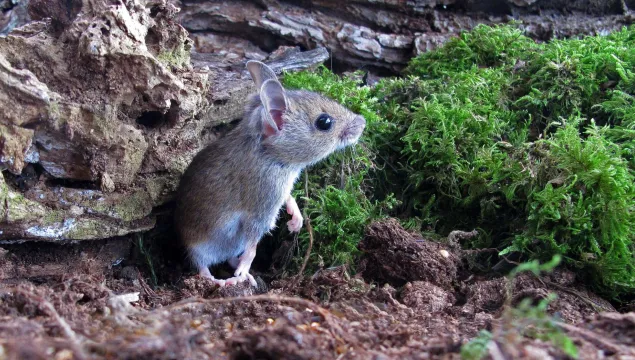
The tiny, brown wood mouse is one of our most common rodents and is very likely to be found in the garden. It is similar to the house mouse, but has larger ears and eyes relative to its size.
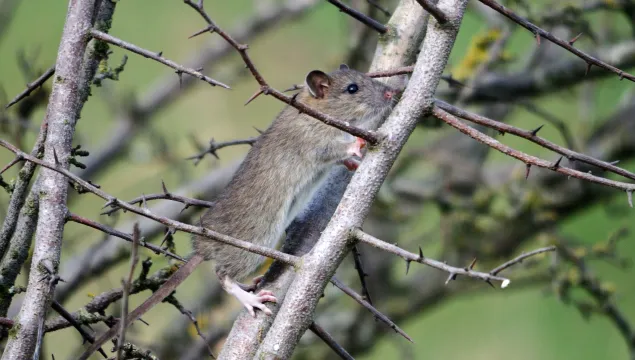
The brown rat has a bad reputation, but it mostly lives side-by-side with us without any problems. It can be seen in any habitat.
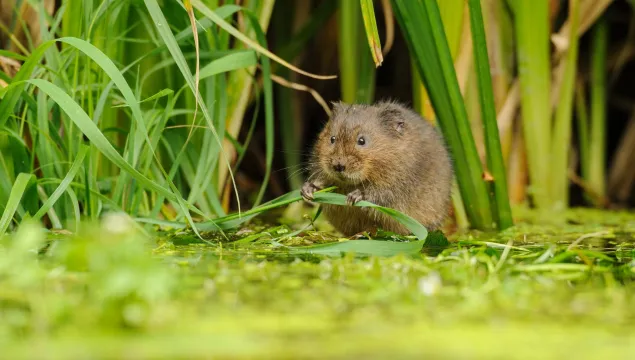
The water vole is under serious threat from habitat loss and predation by the American mink. Found along our waterways, it is similar-looking to the brown rat, but with a blunt nose, small ears and furry tail.
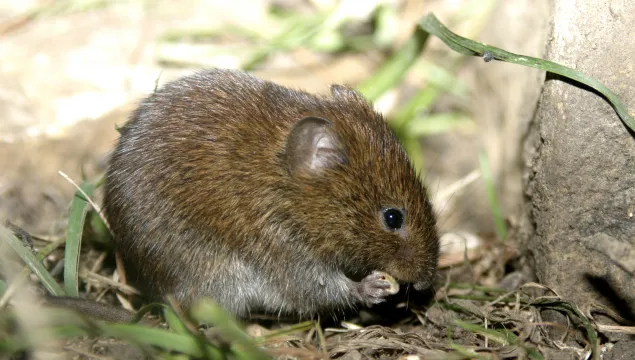
The chestnut-brown bank vole is our smallest vole and can be found in hedgerows, woodlands, parks and gardens. It is ideal prey for owls, weasels and kestrels.
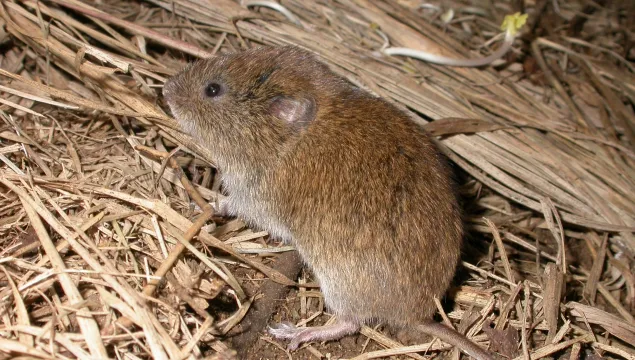
With a population of 75 million, the field vole is one of the UK's most common mammals. Hidden among the vegetation of grassland, heathland and moorland, it is not as easily spotted as the similar bank vole.
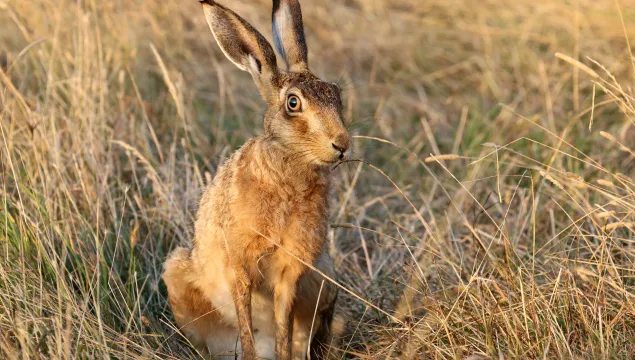
The brown hare is known for its long, black-tipped ears and fast running - it can reach speeds of 45mph when evading predators.
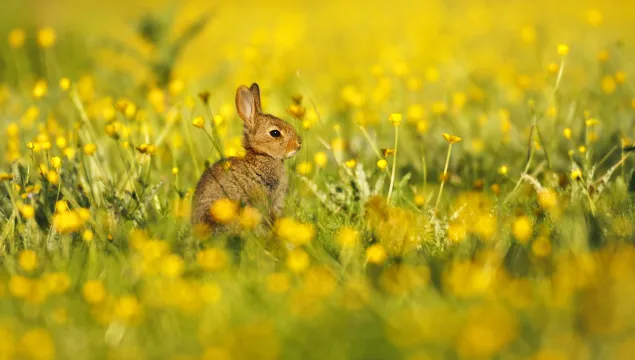
Who doesn’t love spotting rabbits hopping through long grass during a walk in the countryside? They are a common sight but it is always a treat to see their curious faces popping up, ears stood tall on the look out for predators.
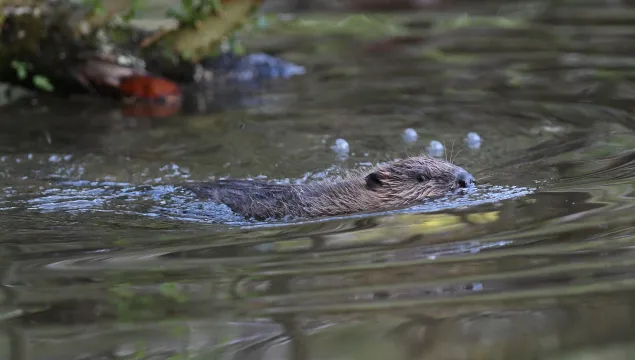
Beavers are the engineers of the animal world, creating wetlands where wildlife can thrive. After a 400-year absence, beavers are back in Britain!
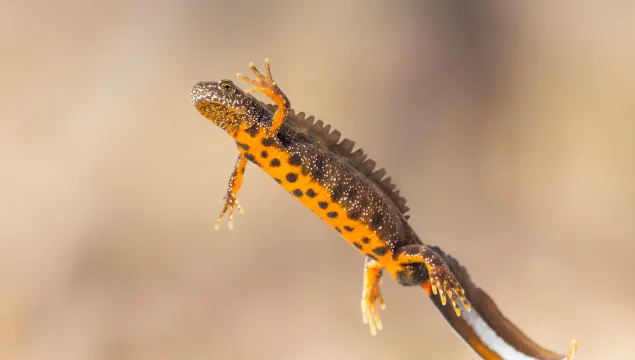
With its prominent, wavy crest, the great crested newt, also known as the 'warty newt', looks like a mini dinosaur! This protected species favours clean ponds during the breeding season.
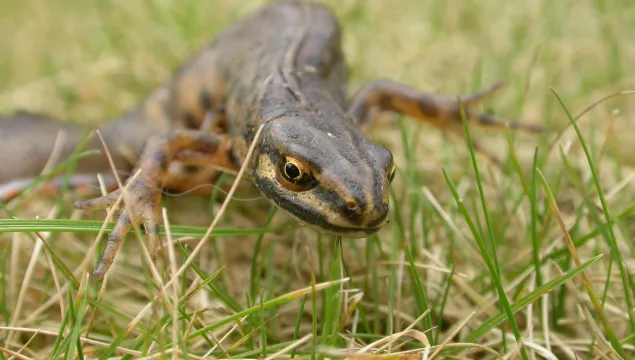
You are likely to spot the smooth newt in your garden or local pond. It breeds in water in summer and spends the rest of the year in grassland and woodland, hibernating over winter.